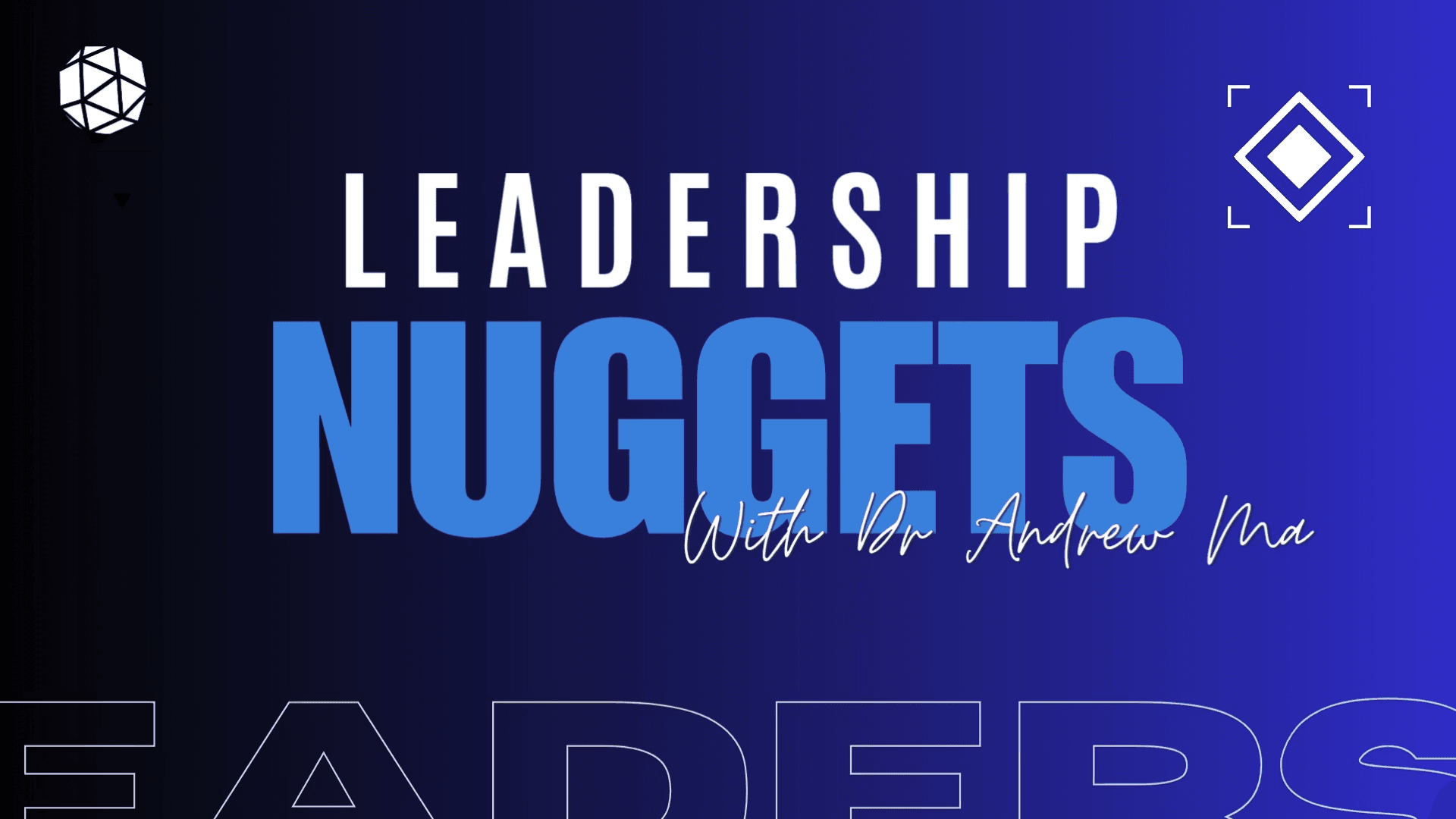The Most Effective Leadership Styles

Effective leadership is critical to any business or country. Different situations call for different styles, and often, you’ll have to combine the different leadership styles to get the best out of a situation.
Leaders need to be flexible to cater to the different requirements of their follower groups. Different leadership styles can be used in different situations to inspire, motivate, and engage followers. However, the following four styles are the most effective ways to lead.
1. Coaching Leadership Style
Coaching leadership is a style of leadership that requires and encourages people’s participation. A coach is aware of the team’s talents, vulnerabilities, and motives. They use that information to develop each individual and ultimately improve the team.
A coaching leadership style builds long-term capability, improves performance, and connects the individual to the organizational goals. Coaching is most effective when rich data is collected about the perceptions of the leadership behaviors of the employees and team members.
However, many leaders are reluctant to be a coach because it requires an investment of their time. Also, in many cases, leaders assume that if a person is assigned a specific task, they should already know what they’re doing.
Unfortunately, this is generally a defense mechanism because many people in leadership positions have been taught by a “coach”. Also, some leaders don’t want to expose the ‘secret’ of their success. However, the reality is that coaching facilitates the growth of leaders rather than stalling it.
2. Servant Leadership Style
People want to work under leaders who make them feel valued
Servant leaders believe that if you take care of others, others will take care of each other. This leadership style requires a people-first mindset to be effective but results in higher morale, lower turnover, and increased production.
Why is a people-first mindset critical? It is critical because people want to work under leaders who make them feel valued. Servant leadership can be effective in nearly any industry and organization but it is especially prevalent in non-profit organizations. A servant leadership style can raise the spirits of your team and get the best out of them.
In his seminal book, The Servant-Leader Within: A Transformative Path, Robert K. Greenleaf outlines servant leadership traits such as foresight, persuasion, awareness, and custodianship are critical for employee empowerment.
They positively affect outcomes such as organizational engagement, work experience satisfaction, task satisfaction, and employee participation, all of which contribute to organizational success and provide a competitive edge.
3. Bureaucratic Leadership Style
Leaders with this leadership style want their followers to do exactly as directed. This leadership style emphasizes defined duties, with each person having a set of fixed responsibilities.
The bureaucratic leadership style is most effective in highly regulated industries that generally do not require innovation or creativity. Examples are finance, health care, and government sectors where small mistakes can have catastrophic effects on the people involved. The ability to delegate and inspect are the most important qualities needed to an effective bureaucratic leader.
4. Democratic Leadership Style
The democratic leadership style is also called the participative style because it encourages more engagement among team members. Everyone has an opportunity to have their voices heard during decision-making processes. It ensures the participation of every person, which can be a great motivator.
The democratic leadership style seeks valuable input from people, such as during problem-solving situations, and builds their buy-in. Most studies in organizational psychology find that democratic leadership positively impacts work performance through the power of choosing one’s own methods of completing tasks successfully.
Effective leadership not only brings different skills and attributes to a team or a group but also heals conflict, motivates people, and connects people by facilitating collaboration. You can do this by combining the leadership styles recommended above to build your leadership flexibility. It will help ensure your success as a leader.
One of the best leadership development organisations in the world is Leaderonomics. Check out this quick video below:
To speak to these leadership development experts and discuss how to transform your organisation's Learning and Engagement initiatives, email them at info@leaderonomics.com
Leadership
Tags: Foundational Leadership, Emerging Leadership, Executing Leadership





